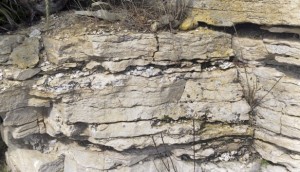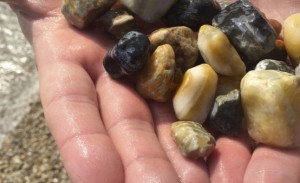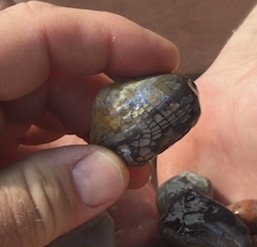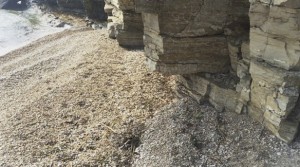I remember a movie that came out 25 years ago, yet it seems like yesterday. Back in 1991 Disney came out with a wonderful new family flick – “The Rocketeer”. It was done in classic 1950’s retro style, with all the bells and whistles. The idea of a human rocket pack was great! Funny how reality is stranger than science fiction at times; we now have rocket packs even better than what the show depicted.
How best to entice our kids into a “Maker mindset” than to have them create their very own rocket car? Kids worked in groups of three, fulfilling separate roles: fuel engineer, aerodynamic specialist and coolant specialist. The device had to meet three criteria: it had to ignite, move forward and not melt down into molten slag of plastic along the way. With different choices of fuel, coolant and wheels, this became at times a tricky proposition! Kids had to work on communication, cooperation and compromise.
This year, every group met all three criteria. Other classes have not always fared so well, to Mr. Stoffregen’s general amusement. All three fuel types worked though getting the isopropanol to ignite was a trick unto itself. The most hilarious launch was a car that steamed along in style for 2.5 meters, at which point the front axle decided for reasons unknown to spontaneously disconnect and continue along all on its own for another 8 meters. The car ground to a rather sudden halt. Naturally, the car’s owners wanted to know which distance would be counted – 2.5 meters or 11.5 meters? The rules stated that the distance would be determined from the front nose of the rocket car, ending that attempt at fame. Hey – it was worth asking!
The kids then needed to record the temperature inside and outside on launch day, the relative humidity and barometric pressure and relate it to the success of their cars, taking into account decisions made along the way. At the end of the day, the kids all came away winners. Next week we should be able to post a launch video or two. Job well done, rocketeers!
Check these links for some views of our rocket car unit.
Look mom, no wheels! https://www.youtube.com/watch?v=C6gC30OY2os
Aerodynamic/wheel strategies: https://www.youtube.com/watch?v=t9lL0vgHuTA
Launch! https://www.youtube.com/watch?v=Fpq2NMjhW90&list=UU0Kxytm_71mvXrl1Ubn_k8A




